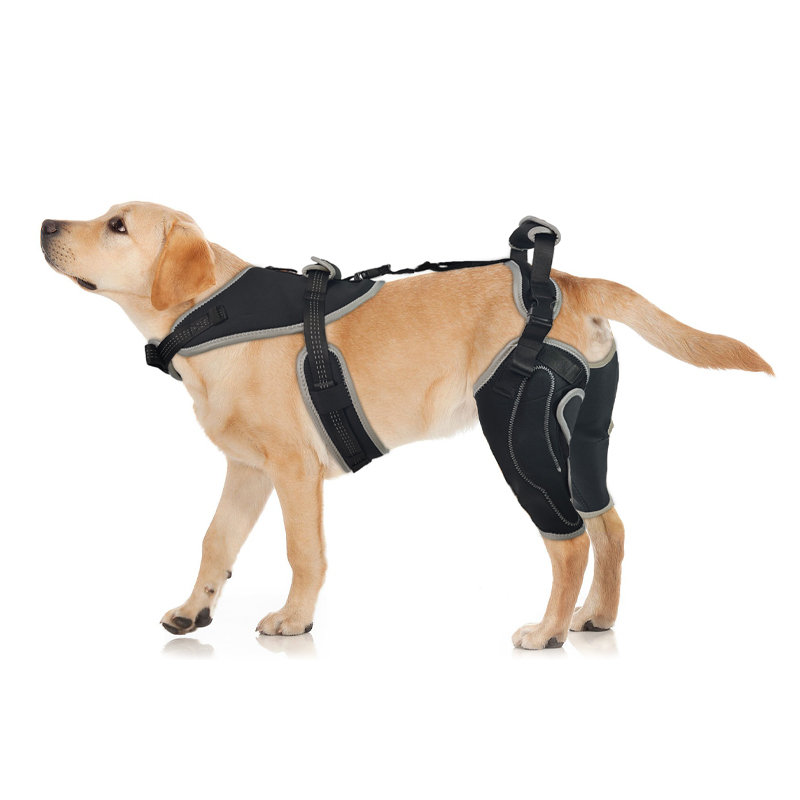A cruciate ligament injury is a common orthopedic issue in dogs, especially among active breeds. The cranial cruciate ligament (CCL) in dogs is equivalent to the anterior cruciate ligament (ACL) in humans, providing crucial stability to the knee joint. When a dog suffers from a torn cruciate ligament, deciding on the right treatment is vital. Here's what could happen if the injury goes untreated:
1. Chronic Pain and Discomfort
A torn cruciate ligament can cause significant pain and discomfort in the knee joint. Without proper intervention, this pain can become chronic, severely affecting your dog's quality of life. You may notice signs such as lameness, a reluctance to move, or an abnormal gait, which could progressively worsen.
2. Degenerative Joint Disease (Osteoarthritis)
If left untreated, a cruciate ligament injury can accelerate the development of osteoarthritis. The knee becomes unstable without a functioning ligament, causing abnormal movement that wears down cartilage. This deterioration can result in ongoing inflammation, pain, and further joint damage.
3. Muscle Atrophy
Due to pain, a dog might favor the injured leg, leading to muscle atrophy from reduced use. Over time, the muscles around the knee and surrounding areas weaken, complicating the recovery process. Using a dog knee brace can help stabilize the joint and encourage proper muscle use, reducing the risk of muscle loss.
4. Meniscus Damage
Without stability from a healthy cruciate ligament, the knee joint is more prone to abnormal movements that can damage the meniscus, a cartilage that acts as a shock absorber. A torn meniscus leads to additional pain, inflammation, and joint damage, further complicating the injury. Utilizing a dog knee brace for ACL injury can help protect the meniscus by limiting unnecessary joint motion.
5. Increased Risk of Injury to the Opposite Leg
When one leg is injured, dogs often overcompensate by putting extra weight and strain on the opposite leg. This compensation can increase the likelihood of injuring the healthy leg, leading to a cycle of pain and reduced mobility. A knee brace for dogs with ACL injuries can provide the necessary support to prevent additional injuries.
6. Reduced Mobility and Quality of Life
As the injury progresses, a dog's ability to move freely diminishes, making activities like walking, climbing stairs, or playing increasingly painful. Limited mobility can lead to weight gain and reduced muscle mass, further impacting the dog's overall well-being. A dog knee brace for a torn ACL can help improve mobility by providing extra support during movement.
7. Shortened Lifespan
While not directly life-threatening, an untreated torn cruciate ligament can indirectly shorten a dog's lifespan. Chronic pain, lack of mobility, weight gain, and secondary health issues all contribute to decreased overall health and longevity.
Conclusion
Leaving a cruciate ligament injury untreated can result in a host of health issues for your dog. Considering options like surgery or using a dog knee brace is crucial for preventing further complications and enhancing your pet's quality of life. A dog knee brace for ACL injury is a non-invasive option that can stabilize the knee, reduce pain, and help your dog stay active and happy. Always consult your veterinarian to determine the best treatment plan for your dog’s specific needs.



0 Comments